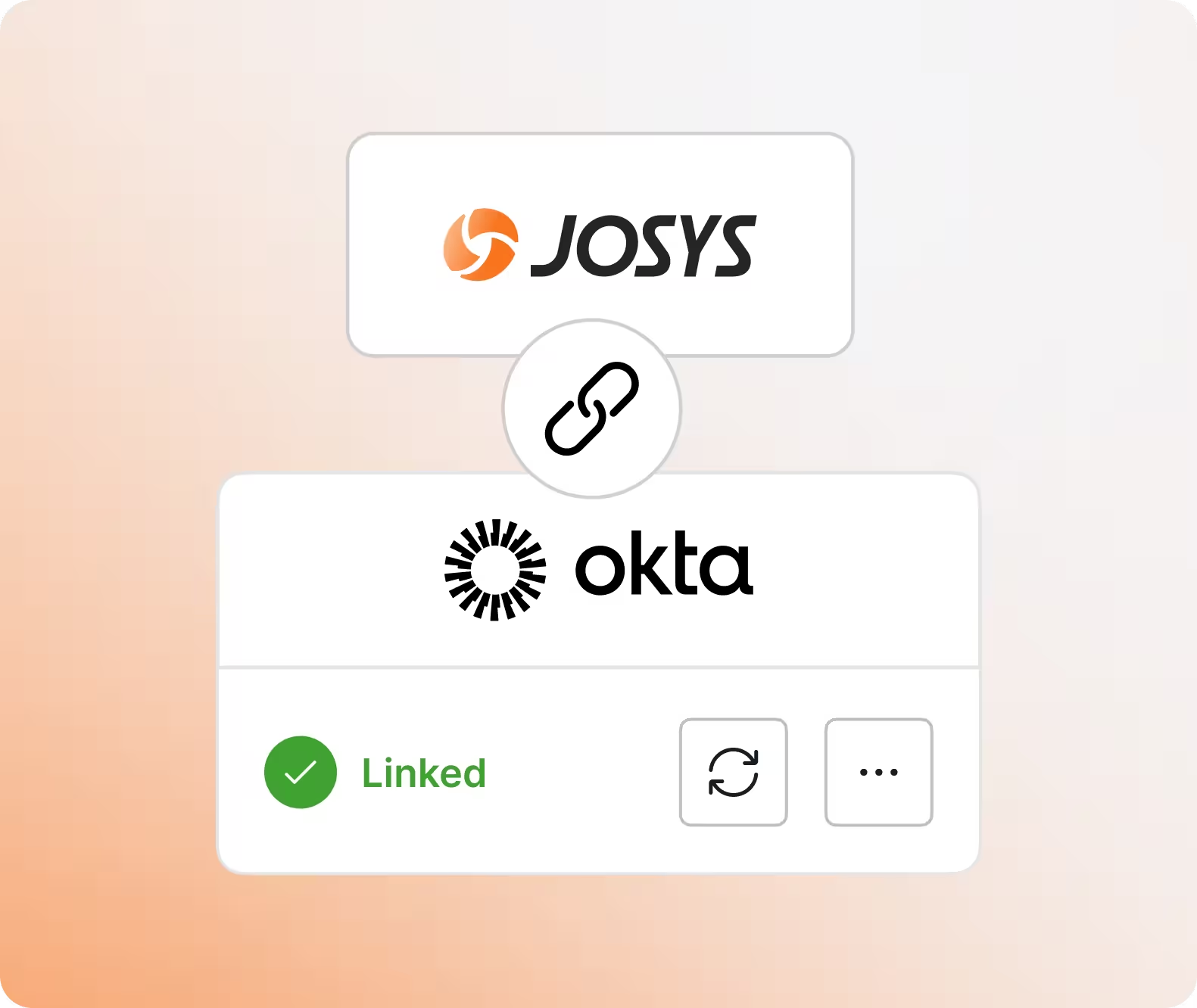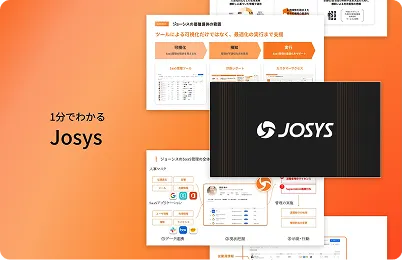The Risks of Poor SaaS Management
Join hundreds of companies and start your SaaS management journey today
.avif)
Companies of all sizes increasingly rely on various SaaS applications to streamline processes, enhance productivity, and foster innovation. This shift towards cloud-based solutions marks a significant transformation in businesses' operations, which makes software more accessible and collaboration more seamless.
However, the increase in SaaS applications brings its own set of challenges. SaaS management involves overseeing and optimizing these cloud-based applications within an organization. It's not just about subscribing to the right tools; it's about effectively managing them to ensure they deliver value. This includes tracking software usage, managing subscriptions and licenses, ensuring security compliance, and optimizing costs. As the SaaS landscape within an organization grows, so does its complexity. Here are a few risks of poor SaaS management.
Security Threats: The Hidden Dangers of Inadequate License Management
One of the most critical risks of poor SaaS management is the threat to security. Inadequate and non centralized license management can lead to unauthorized access, data breaches, and compliance violations. When employees leave an organization, their access to SaaS applications must be revoked promptly to prevent potential security risks. Failure to manage these aspects can leave the organization vulnerable to cyber-attacks and data theft.
Financial Implications: The Cost of Wasted Resources
Another significant consequence of poor SaaS management is financial waste. Organizations often pay for more licenses than needed or rarely used software. This inefficiency leads to substantial financial losses, as funds are allocated to underutilized resources. Effective SaaS management involves regular software usage and subscription audits, ensuring that the organization only pays for what it truly needs and uses.
Operational Inefficiencies and Compliance Issues
Lastly, poor SaaS management can result in operational inefficiencies. With a lack of oversight, employees might use unsanctioned applications (Shadow IT), leading to data silos and workflow disruptions. Moreover, non-compliance with software licenses and regulations can result in legal and financial penalties, further complicating the operational landscape.
In the following sections, we will explore how Josys, as a SaaS and Device Management Platform, addresses these challenges, offering a comprehensive solution to streamline SaaS management in any organization.
Introducing Josys: A Holistic SaaS and Device Management Platform
Josys emerges as a solution to these challenges, offering a holistic SaaS and device management platform. Unlike traditional methods that rely on fragmented tools and manual processes, Josys provides a comprehensive, integrated approach to managing software and hardware assets.
Innovative Benefits of Josys
- Asset Visualization Provides Cost Optimizations: Josys offers a clear and detailed view of an organization's software and hardware assets. This visualization aids in identifying redundancies, understanding usage patterns, and making informed decisions about asset allocation. IT can identify underutilized licenses with Josys, ensuring that the company only invests in software that adds value.
- Automation of Provisioning Processes Improve Efficiency: Josys simplifies the provisioning and deprovisioning of SaaS applications. This automation saves time and ensures that access to SaaS tools is efficiently managed, enhancing security and compliance.
- Centralized SaaS Management Improves Governance: Josys enhances security by ensuring that only authorized users have access to company software and that this access is revoked when no longer needed. This proactive approach to enhanced security reduces the risk of data breaches and compliance issues. Additionally, Josys helps identify unused licenses, enabling organizations to cut unnecessary expenses and optimize their software investments.
By addressing the core challenges of SaaS management, Josys stands out as a platform that optimizes IT operations and aligns them with the broader business objectives of efficiency, security, and cost-effectiveness.
Conclusion
Josys stands out as a comprehensive SaaS and device management solution that addresses the common challenges IT departments face today. Its centralized control, automated provisioning, security enhancement, and cost optimization capabilities make it an invaluable tool for any organization looking to streamline its IT operations.
over your SaaS?
Sign-up for a free Josys account to transform your IT operations.



















